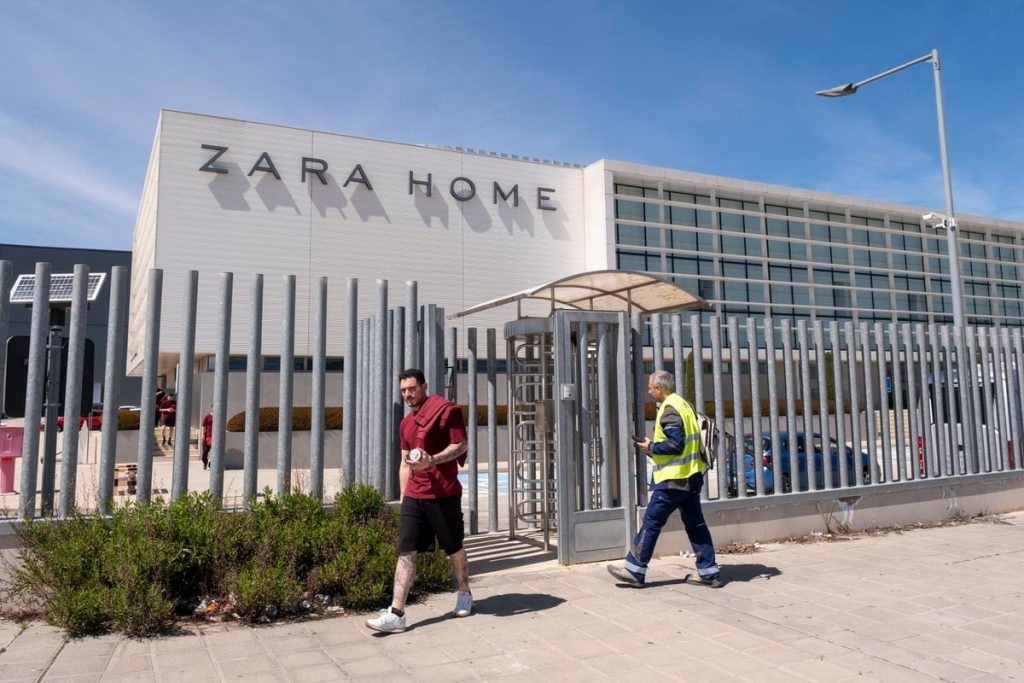José Miguel Camacho, a 45-year-old man, observes the hustle and bustle of the early morning from his bar in the downtown area of Guadalajara. He notes a lot of people coming and going wearing the typical yellow logistics vest, heading to bus or train stations, direct to the industrial parks. Some of them come into the bar for breakfast. These people are on their way to the many logistics plants in the province, the economic engine of the area. Guadalajara is the province with the highest proportion of people over 16 who are employed, at 58.6%, surpassing Barcelona and the Community of Madrid, and well above the national average. It also has the highest active population rate (64.7%) and a lower unemployment rate (9.3% compared to the country’s average of 11.8%).
This economic strength attracts population growth, making Guadalajara the province that has grown the most since 2007, with an increase of 23% in population. It has also seen the highest increase in the number of workers, at 20.2%, compared to the national average of 3%. José Luis Escudero, the regional delegate for the Junta de Comunidades de Castilla-La Mancha, describes Guadalajara as the flagship of economic growth. However, these successes also hide negative aspects, such as the high rate of work accidents and the rising cost of rent in the area.
The logistics sector plays a significant role in Guadalajara’s economy, with transportation and storage accounting for 13.3% of employment in the province, nearly triple the national average. This sector has taken over as the driving force behind the region’s economy, following the decline of traditional Spanish industries. Many people, like Rogelio Barreiro, have found employment in this sector, attracted by the high demand for logistics workers.
The location of Guadalajara, at the heart of the Iberian Peninsula, is considered a privileged position that attracts entrepreneurial initiatives displaced from Madrid due to lack of available land. The province benefits from good road connections, including the Barcelona highway, and proximity to major transport hubs like the Barajas airport. However, not all areas of the province share these advantages, with most economic activity concentrated in the Corredor del Henares, where logistics thrive, leaving other municipalities struggling with population decline and limited opportunities for work.
One of the challenges faced by the logistics sector in Guadalajara is the high incidence of work-related accidents, almost double the national average. While wages have improved, there is a pressing need to address the high rate of musculoskeletal injuries among workers. The sector is labor-intensive and physically demanding, leading to health issues for many employees. Efforts are being made to enhance workplace safety and prevent accidents, with agreements in place to tackle this issue and improve conditions for workers. Concerns also exist about over-reliance on the logistics sector for employment, highlighting the need for diversification to mitigate the potential risks of a downturn in this industry.
The combination of job opportunities, affordable housing compared to Madrid, and proximity to the capital has made Guadalajara a popular destination for commuters working in Madrid. The province has seen a significant growth in population, becoming the fourth youngest province in Spain with an average age of 42.3 years. Despite the challenges, the economic development and opportunities in Guadalajara continue to attract people and drive the local economy. The future of the province looks promising, with a growing workforce, younger population, and ongoing efforts to address the issues facing the logistics sector and promote sustainable growth.


